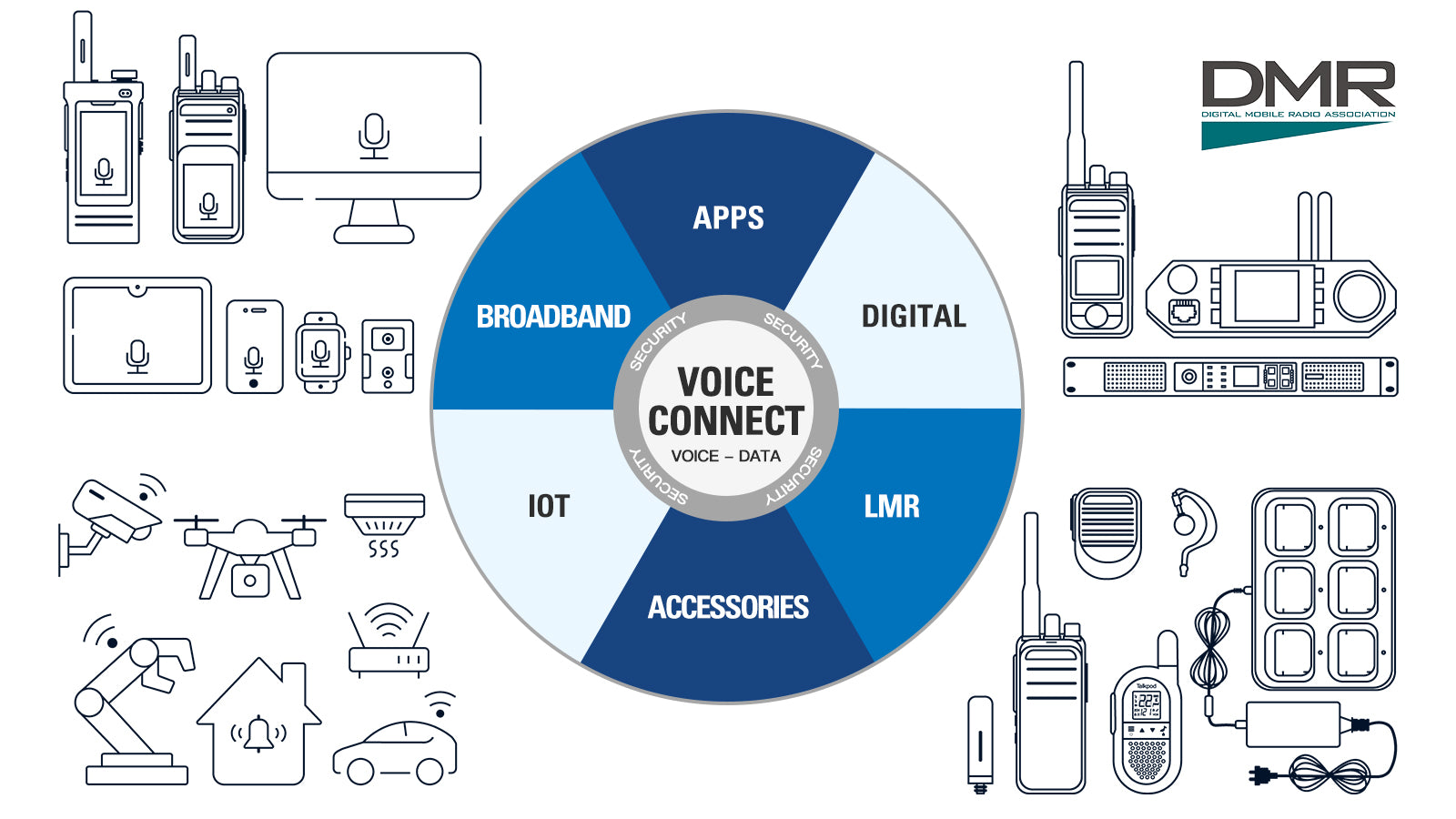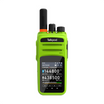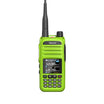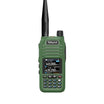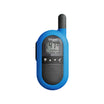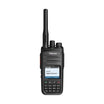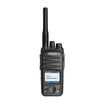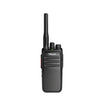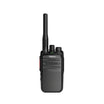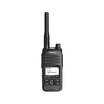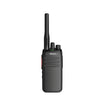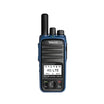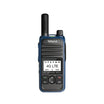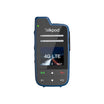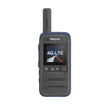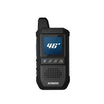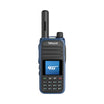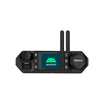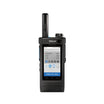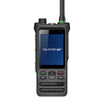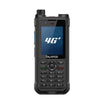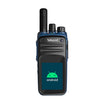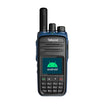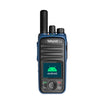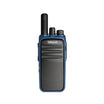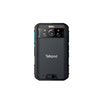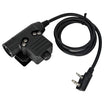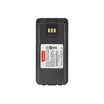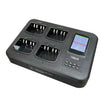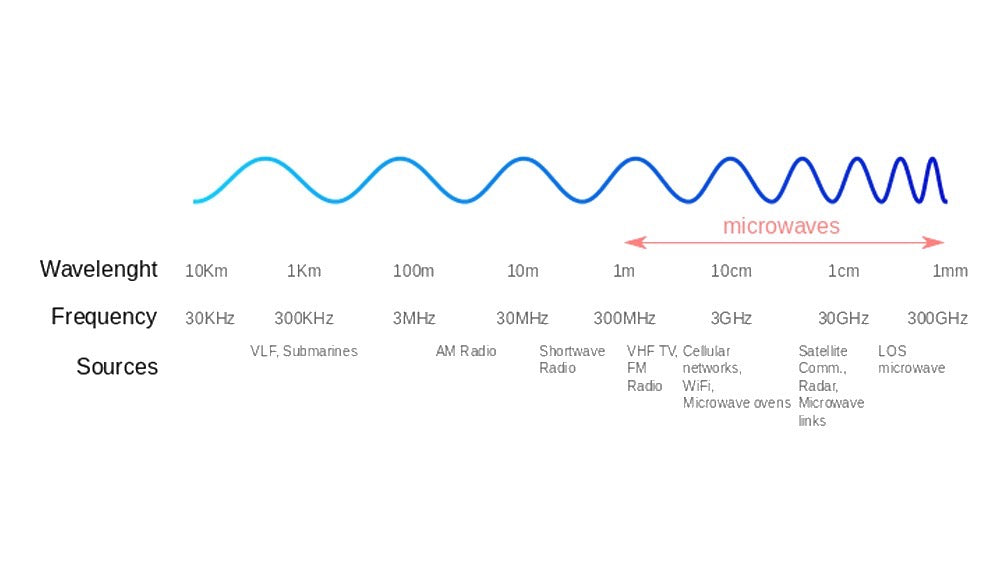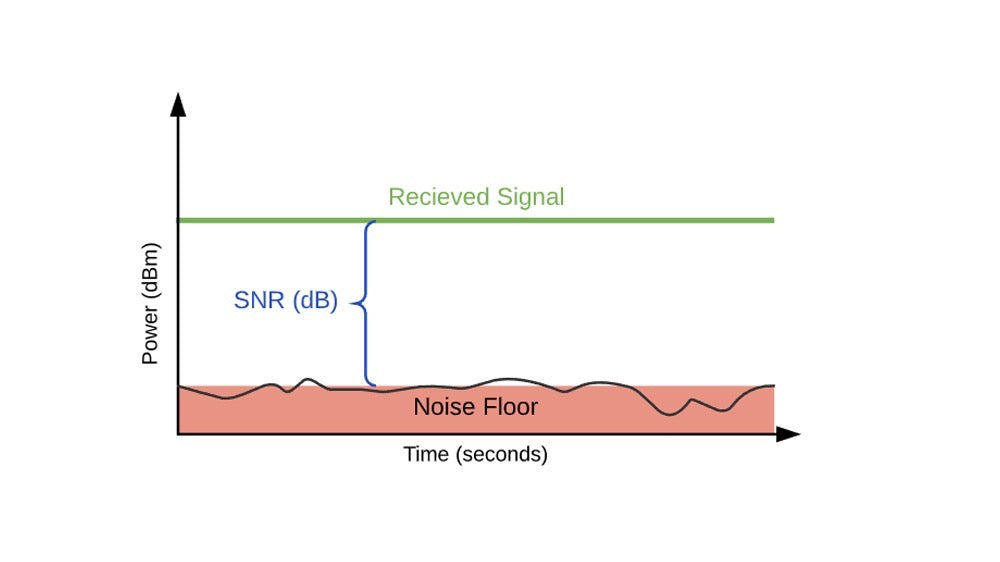Radio frequency (RF) is a fundamental concept in the world of communication, bridging distances and connecting the globe. Ranging from 300 kHz to 30 GHz, RF encompasses a vast spectrum of electromagnetic waves that can travel through space, enabling everything from AM and FM radio broadcasts to sophisticated satellite communications.
At the lower end of the spectrum, frequencies like 300 kHz are typically used for long-wave radio broadcasting and maritime communication due to their ability to cover great distances, especially over water and through dense terrains. As we move up the spectrum, frequencies increase, and their characteristics change, allowing for different applications. For instance, the VHF (Very High Frequency) band, ranging from 30 MHz to 300 MHz, is well-suited for FM radio and television broadcasts, as well as emergency services communications.
The UHF (Ultra High Frequency) band, which spans from 300 MHz to 3 GHz, supports a wide range of services including cellular phones, GPS, and Bluetooth devices. These higher frequencies offer shorter wavelengths, which are ideal for line-of-sight communication and are extensively used in urban environments to support the dense network requirements of mobile services.
At the higher end of the spectrum, frequencies approaching 30 GHz are utilized in advanced communication technologies such as satellite communication and radar systems. These frequencies, known as microwaves, are capable of carrying large amounts of data over significant distances with high precision, making them essential for global telecommunications, weather forecasting, and space exploration.
Understanding radio frequencies is crucial for engineers and technicians who design and manage wireless communication systems. By harnessing the unique properties of different RF bands, they can optimize the performance and efficiency of communication networks, ensuring that we stay connected in an increasingly digital world.
In essence, radio frequency is the invisible force that powers our interconnected society, enabling voice, data, and video to travel across the globe in mere milliseconds. As technology evolves, the exploration and utilization of the RF spectrum will continue to be a cornerstone of innovation in communication.


